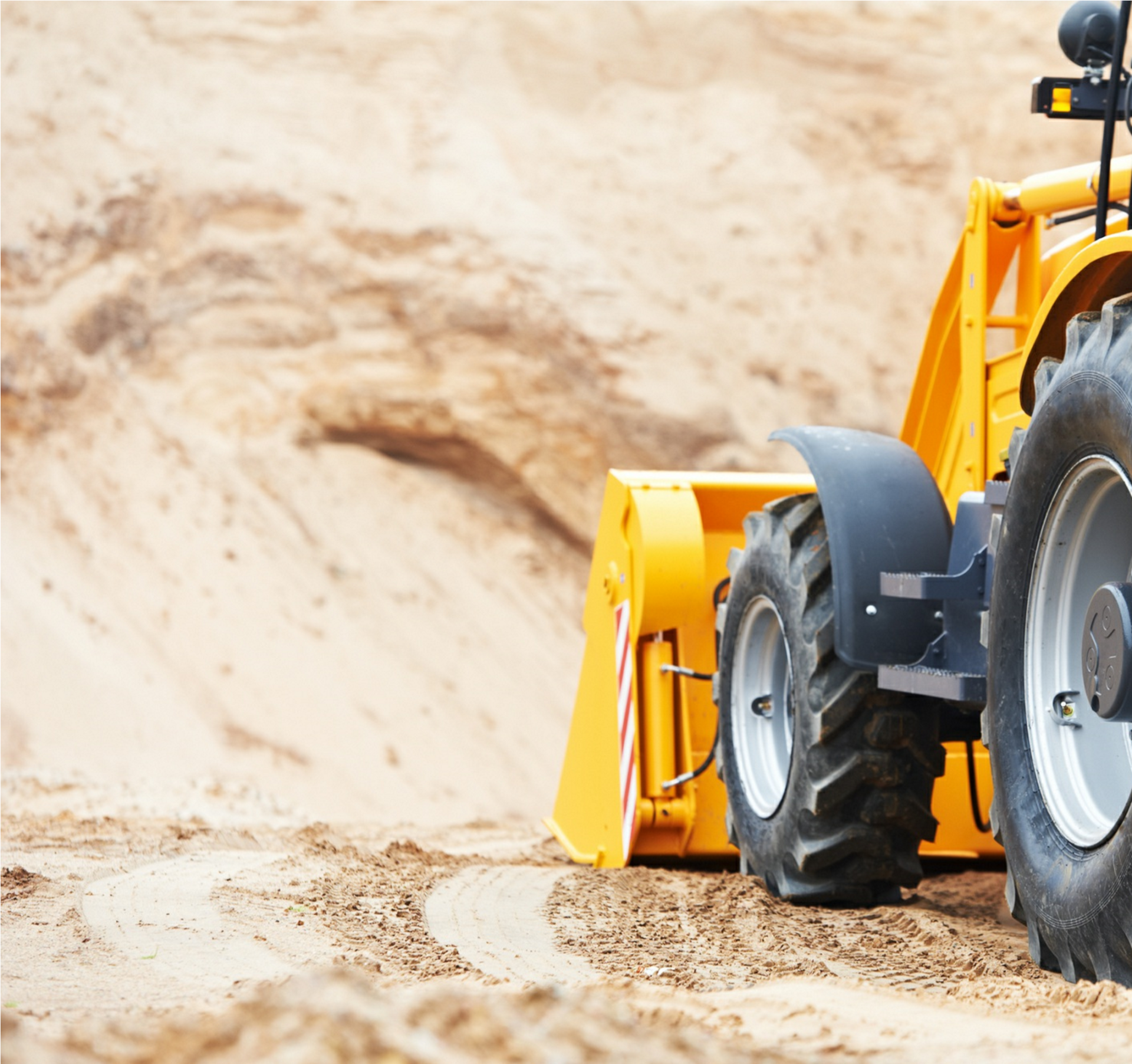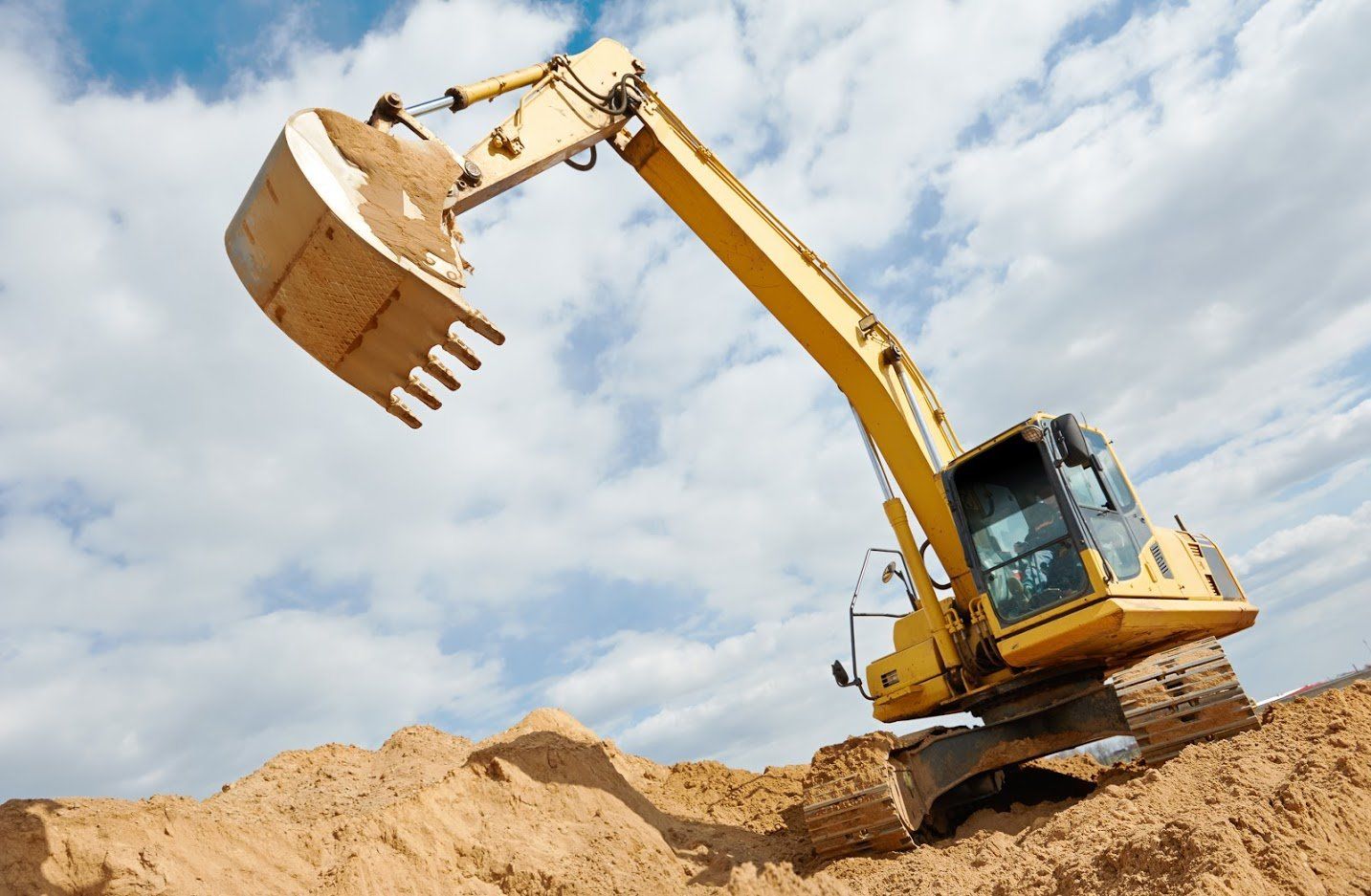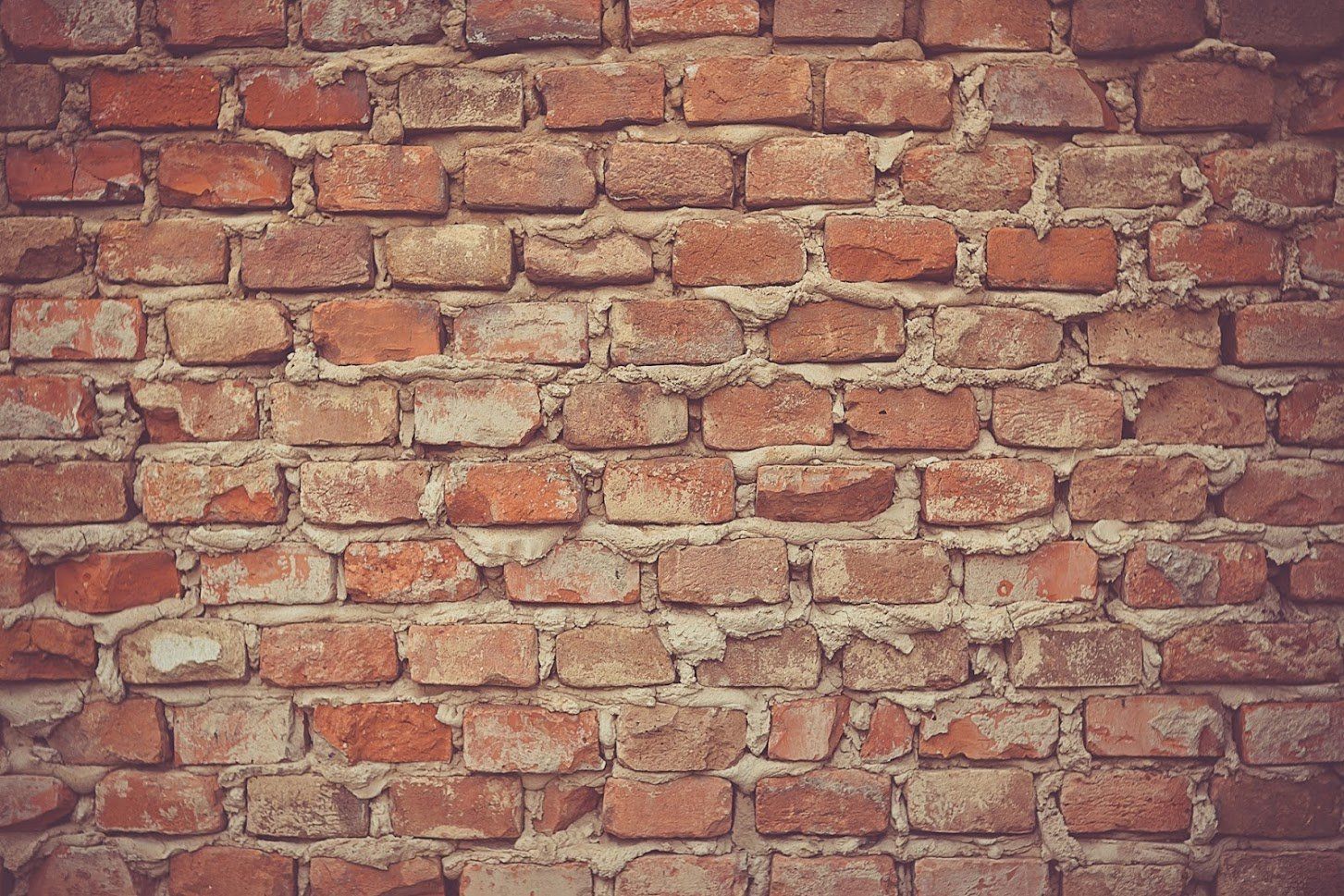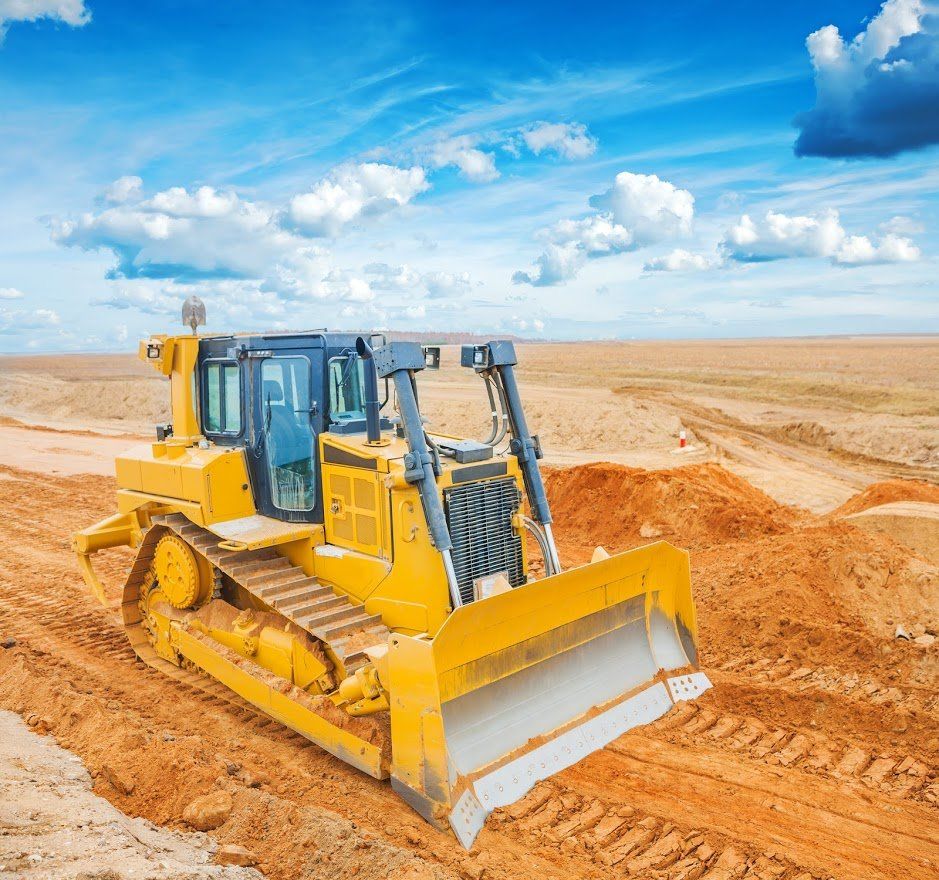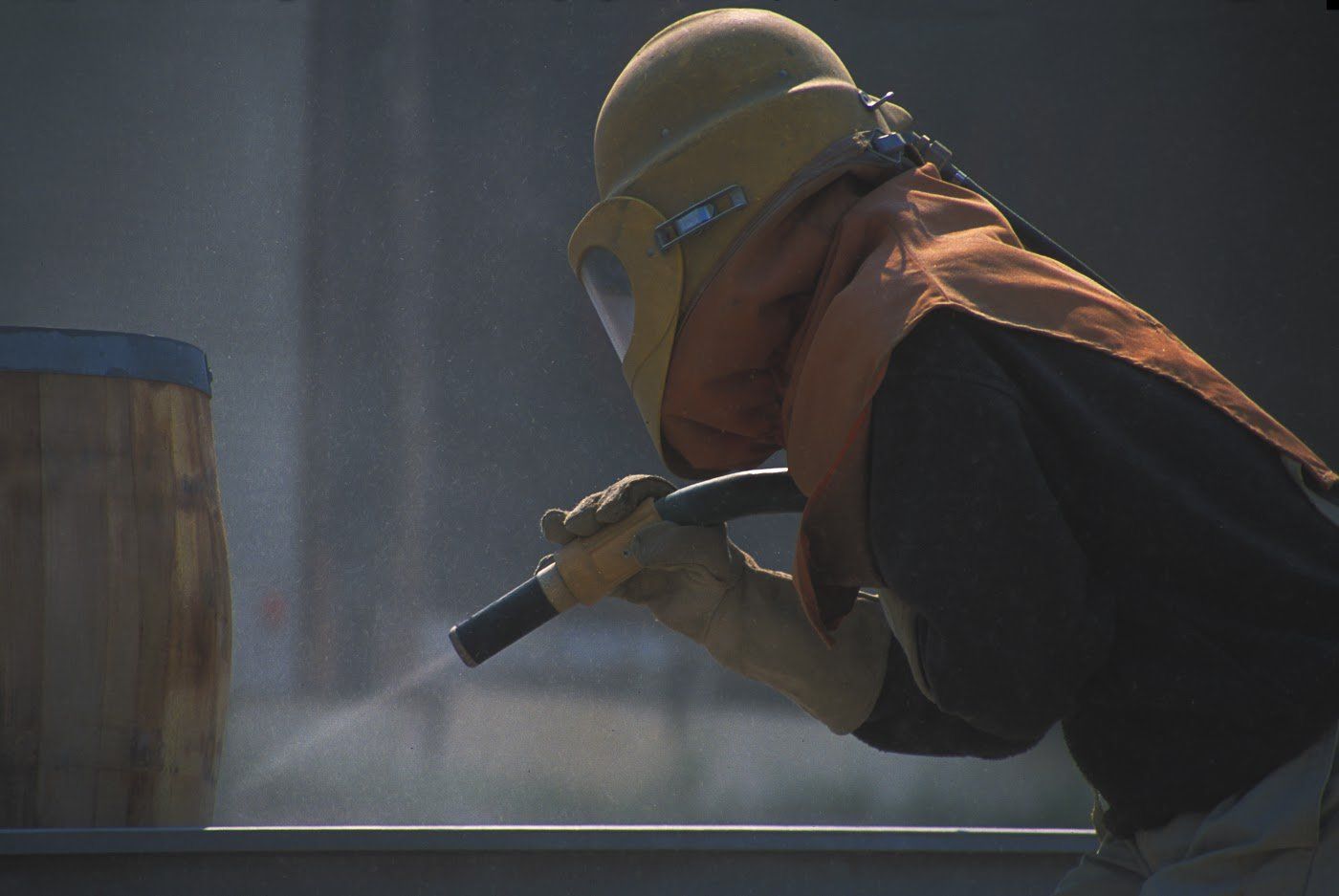Airless Paint Spraying: A Guide
If you need to repaint commercial or industrial machines or equipment, then paint spraying is an effective solution. It is often faster and more effective than manual applications.
When you decide to use this solution, you have to choose a delivery method. While traditional paint spraying techniques work well, airless spray solutions are often a better option if you have larger pieces of equipment and heavy machinery.
How does airless paint spraying work and what are its benefits?
What is airless paint spraying?
You can't simply spray paint in its natural form without some modifications. Paint is too thick and viscous for this.
So, if you want to spray paint, you have to find a way of making the paint more deliverable. You must break down its viscosity and surface tension so that it becomes thin enough to come out of a nozzle or tip at a suitable flow rate. The paint needs to become an aerosol.
If you use traditional air spray techniques, then air does this job for you. Compressed air propels the paint through the device, breaks it down and atomises it before it sprays out.
If you go for an airless solution, then you use an internal high-pressure hose or pump to push the paint through the sprayer instead of air. This, together with the tips or nozzles that the paint runs through as it exits the sprayer, atomises the paint into a fine spray.
Why use airless paint spraying?
Airless paint spraying has some advantages over traditional paint techniques. For example, if you take this route, expect to see the following benefits.
Faster job completion
While air paint spraying is faster than painting by hand, airless techniques speed things up even more. An airless spray paint system adds more pressure to the process.
The paint often comes out faster and at a more stable consistency. You can usually cover larger areas more quickly.

